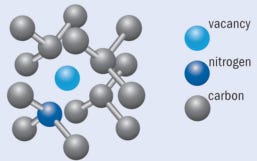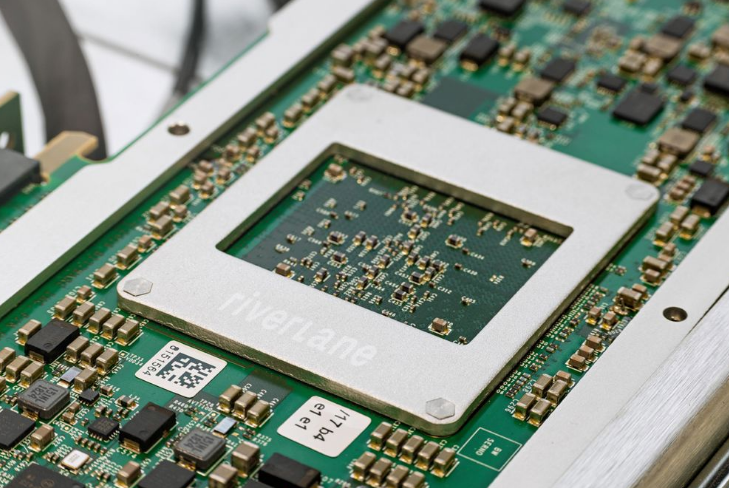
High-Octane Laser
We all know how good they look and how valuable they are, but diamonds — made from naturally occurring mineral composed of carbon whose atoms are grouped in a crystal structure known as diamond cubic — have other applications, too: for one, they can be used in high-octane laser tools to assist in the manufacturing of modern electronic devices like smartphones.
Another area where scientists are seeing diamonds can garner employment is in quantum technologies. Decades of research have gone into diamonds and how the defects found within the carbon lattice could up the ante in quantum technology. First discovered by the work of Jörg Wrachtrup et al at the University of Technology Chemnitz in 1997, it was proven that the negatively charged nitrogen-vacancy (NV) defect could be controlled to yield a room-temperature optical output, sparking off the discipline of optically detected magnetic resonance (ODMR).
University of Iowa Study
Wrachtrup’s original work seems to still be holding up if a group of theoretical physicists from the University of Iowa, Cornell University and Ohio State University and funded by the U.S. Department of Energy, Office of Basic Energy Sciences are anything to go by, having just published a study that claims diamonds can be used to accelerate computer search algorithms, decode encrypted messages, as well as provide highly-secure communications by manipulating information at the quantum level.


The paper, Predicted strong coupling of solid-state spins via a single magnon mode, is coincidentally the first study published in Materials for Quantum Technology, a journal by the Institute of Physics in London. The team draws out an approach to initiate a hybrid quantum system made up of “diamond nitrogen-vacancy (NV) center spin coupled to a magnon mode of the low-damping, low-moment organic ferrimagnet vanadium tetracyanoethylene.
The first author of the study Denis R Candido, a postdoc researcher at the University of Iowa Department of Physics and Astronomy, said: “We have proposed a practical approach using the response of a small magnetic disk, to couple different diamond defects over distances 1,000 times greater than typical coupling lengths.”

The team projects coupling defects in the atomic positioning of diamonds to small magnets will give rise to quantum bits, otherwise known as qubits, which can manipulate information much better than classical computer bits.
Quantum Bus
“Although the distances are still short, this is predicted to allow millions of qubits to be within range of communication at once,” said corresponding author Michael Flatte, a professor of physics at the University of Iowa. “These would form a ‘quantum bus’ that facilitates the transport of the quantum information between different qubits.”
Talk of quantum buses and the improved transportation of qubits can only be a positive sign for the quantum information science (QIS) community that diamonds are not just expensive gems but have an important role to play in the emerging sector of QC.
For more market insights, check out our latest quantum computing news here.


















